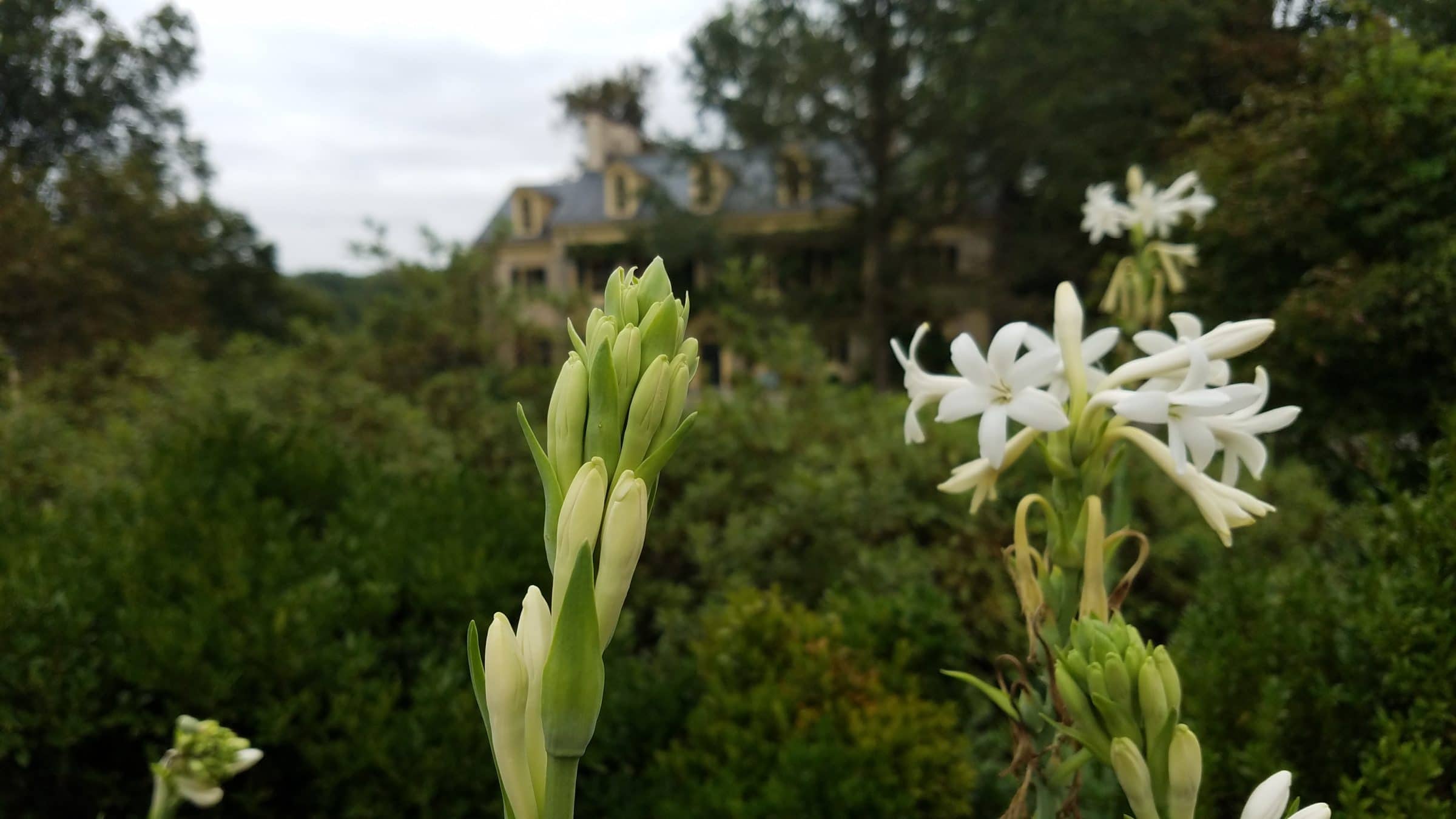
Polianthes tuberosa
Description
These beautiful flowers were the subject matter of van Gogh’s ‘Vase with carnations and other flowers’ in 1886. Despite the title of the painting, Polianthes tuberosa takes center stage in this homage to the impressionist painters of his era. They were a favorite during that time period making them a perfect addition to a historic garden such as Hagley Museum and Library where I am growing them.
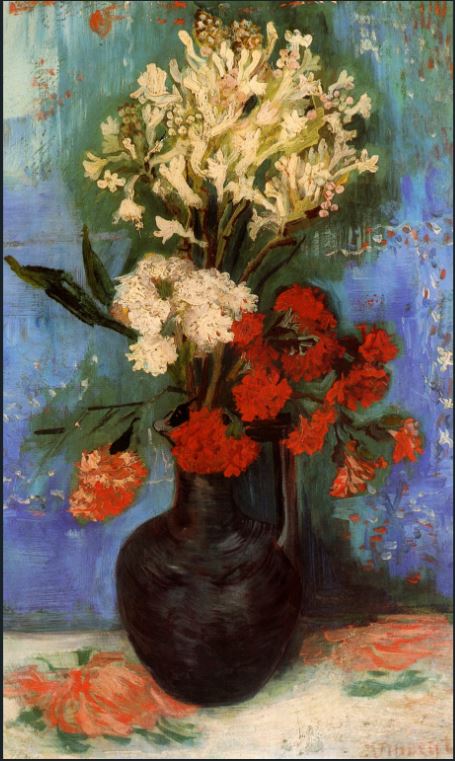
Tuberose is an exceptional summer flowering bulb that can be utilized in your garden in multiple ways. Their elegant white inflorescence stands three feet tall, allowing it to poke through an herbaceous perennial layer or above a hedge. Polianthes tuberosa sweet smell carries well with the help of a summer zephyr. Even if no breeze is present, garden guests will experience its fragrance when they are drawn closer to admire the unique flower. Unfortunately, Tuberose is no longer found in the wild and is only cultivated in public and private landscapes.
*After morphological and phylogenetic research was conducted, Polianthes tuberosa official taxonomical name is Agave amica.
Culture

By SKsiddhartthan – Own work, CC BY-SA 4.0, httpscommons.wikimedia.org
Growing these plants is a pleasure. They were shipped as tubers and potted up in 4in containers, placed in the cold frame, and grown on until several leaf pairs were present. An equal ratio of sterile mushroom compost and all-purpose potting mix provide the right media for the Tuberose. Until they are ready for the garden and the danger of frost has passed, they stay in the cold frame. You can also plant tubers right in the ground after the danger of frost has passed if you do not have the facilities to grow them on first.

Our last frost date in Northern Delaware is May 15th so they are put out shortly after as time allows. Preferably when night temperatures reach at least 60 degrees Fahrenheit. To take advantage of their sweet fragrance, they were planted in a narrow flower bed adjacent to a path and staircase. They were so popular with the guests that I had to label the planting. The soil they are planted in is a sandy loam that is conducive to their success. I watered them regularly based on weather conditions, however, after an initial week or two I let mother nature take care of the watering for me.

Make sure to keep the weeds at bay as the basal foliage develops. Flower initiation occurs once the plant has been properly vernalized and once it has accumulated a certain amount of days above a specific temperature. The nursery you bought the plants from should have taken care of the cold treatment, while the flower initiation will begin as soon as enough growing degree days has accumulated.
Beside the occasional soil cultivation around Polianthes tuberosa, the plants are maintenance-free. They do not require any staking or deadheading. They have been flowering from the end of July and will continue to do so throughout September.
Once the foliage begins to senesce and die back, you can lift the tubers and store them covered in a dry media or between old newspapers. Make sure the tubers are dry and free of soil that can contribute to rotting.
Plant Description
Origin:
Polianthes – From Greek polios (whitish) and anthos (a flower)
tuberosa – Referring to the tuberous storage organ
Nativity – Believed to originate in Mexico
Family – Asparagaceae
Hardiness – USDA Zones 7-10
Form – Compact fan of foliage spreading to 2.5ft with the inflorescence reaching 3ft.
Foliage – Basal foliage almost succulent, 18″ long, dull green, somewhat glaucous
Flower – Tubular waxy flowers that separate into 6 tepals, 6 stamens and 3 pistils make up the reproductive parts, which sit on elongated spikes that arise from a scape
Fruit – Swollen seed pods remain on the scape



*Pick up your spring-planted tuberose at Old House Gardens.
References
https://extension.oregonstate.edu/news/what-mushroom-compost
http://www.missouribotanicalgarden.org/PlantFinder/PlantFinderDetails.aspx?kempercode=a468
Comments:
Sorry, the comment form is closed at this time.



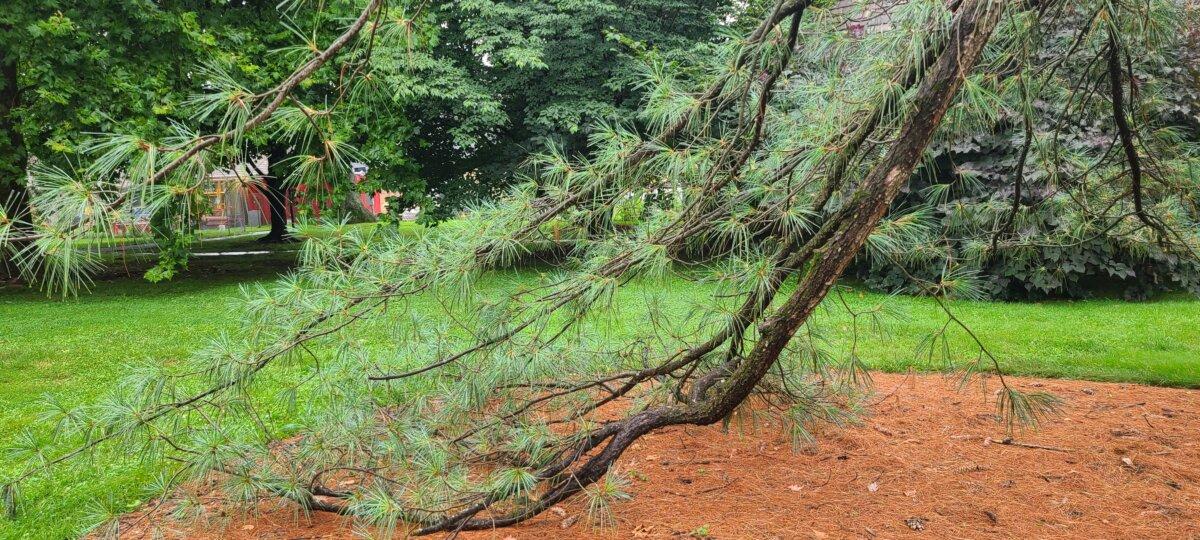
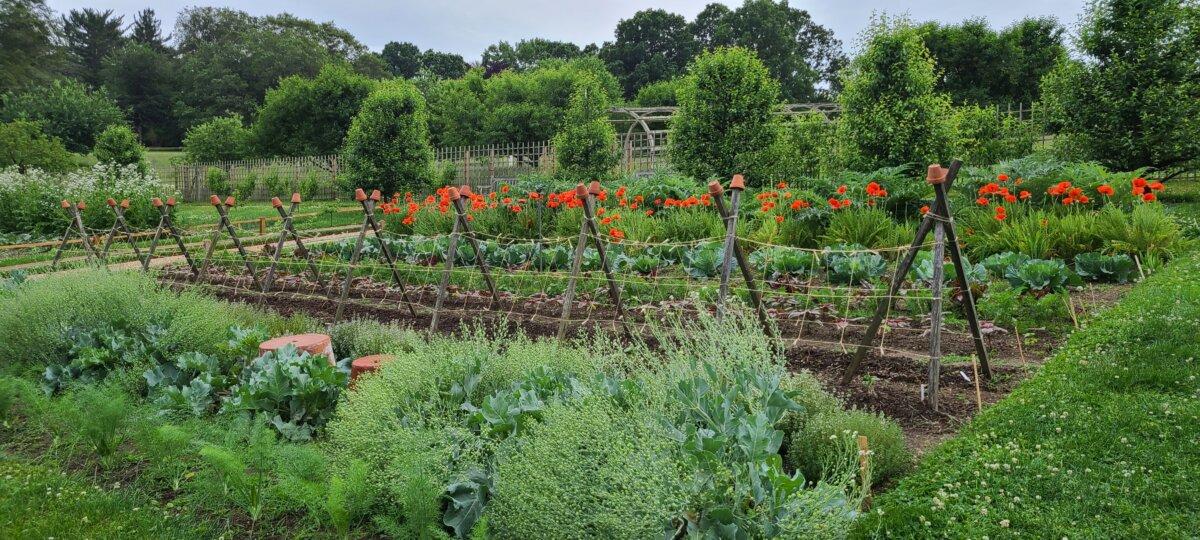
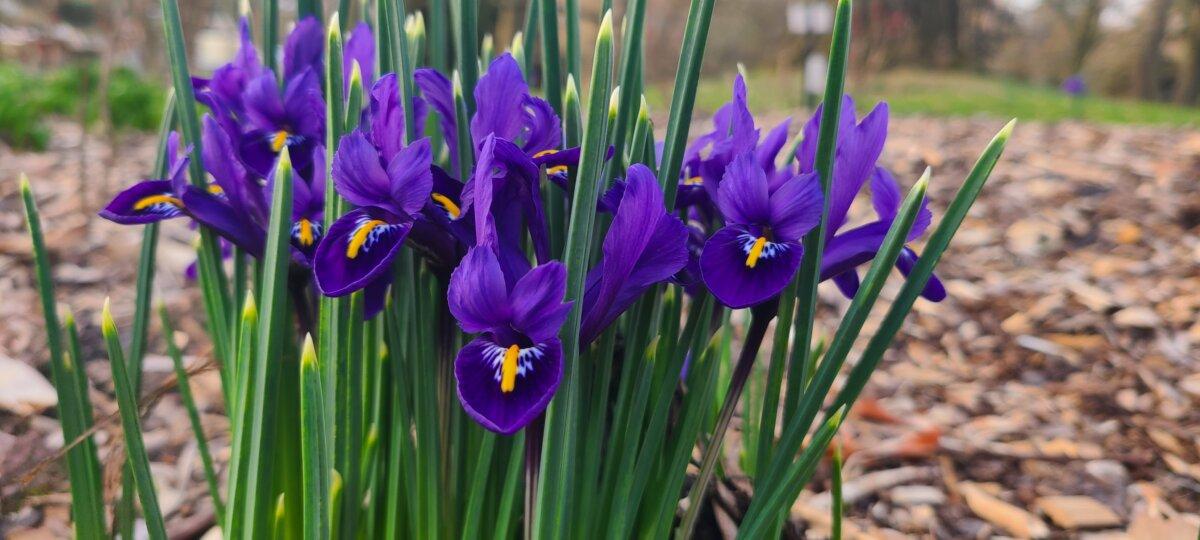
rohit aggarwal
thank you plantspeopleplaces for giving me wonderful information
Shem
You welcome. What specifically did you find helpful so I can do more of that?